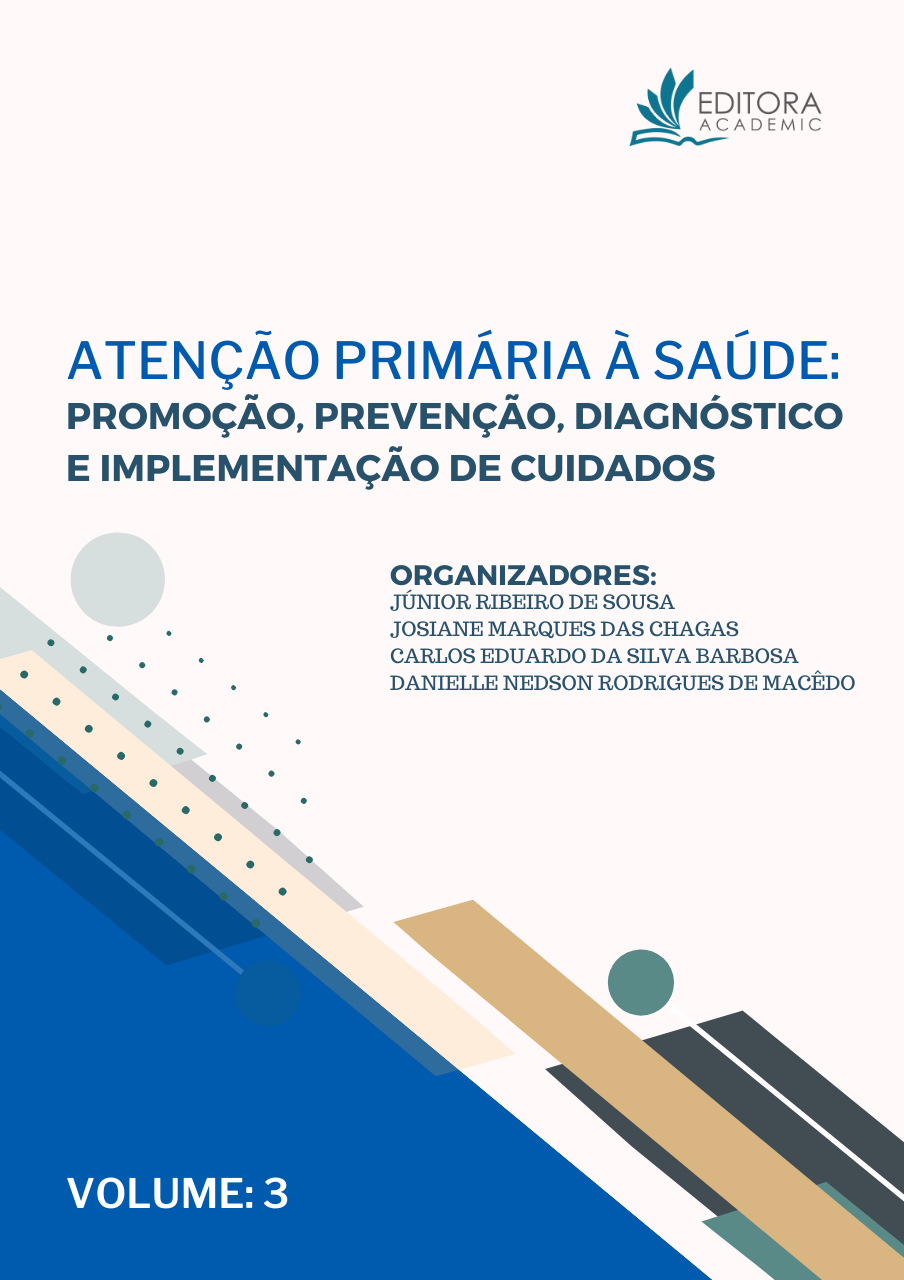
Objetivo: Investigar a funcionalidade familiar de crianças e adolescentes com deficiência e assistidas pela Associação de Pais e Amigos dos Excepcionais, de modo a identificar fatores de risco e proteção. Método: Estudo de corte transversal, realizado em município paranaense de grande porte, no segundo semestre de 2022, com amostra intencional de 33 participantes. Critérios de inclusão: ser cuidador da criança/adolescente e idade ?18 anos. Critérios de exclusão: não ter telefone para contato, residir em distritos vizinhos e estarem cuidando de problemas com sua saúde. Utilizou-se instrumento validado, com cinco preguntas e três opções de respostas, classificadas como funcionalidade familiar plena, disfuncionalidade moderada e disfuncionalidade plena, conforme pontuação obtida. Empregou-se software na análise estatística descritiva univariada e analítica dos dados e a Teoria familiar sistêmica de Bowen na discussão. Resultados e Discussão: Dentre os participantes prevaleceram as mães cuidadoras, a adultez jovem média e final, e as famílias nucleares. Preponderou os participantes com famílias funcionalmente plenas (70,0%), destacando-se a capacidade de resolver problemas, que se deve à diferenciação de sentimentos e pensamentos e do equilíbrio entre o pertencimento e individualização dos membros. Entre as famílias disfuncionais, o afeto foi a dimensão mais comprometida, causadora de ansiedade, que pode ser internalizada pelas crianças/adolescentes. A funcionalidade familiar foi independente da composição familiar (p= 0,421), religião (p= 1,000) e tempo diário dedicado ao cuidado da criança/adolescente (p= 0,300). Conclusão: A investigação da funcionalidade familiar das crianças e adolescentes assistidas pela APAE revelou as dimensões que colaboraram para a funcionalidade e a disfuncionalidade. Estes achados poderão nortear as equipes de saúde que assistem tais famílias, ajudando-as a identificar e mudar padrões previsíveis de relacionamento e estratégias de enfrentamento da ansiedade.